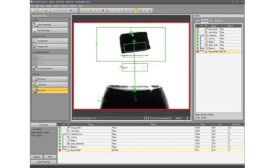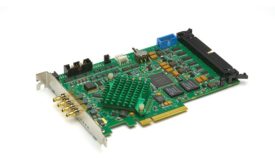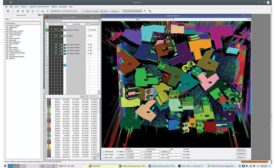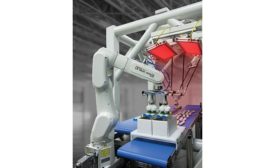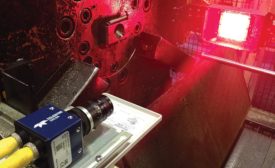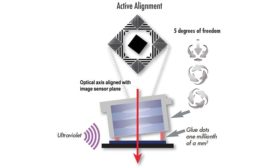Home » machine vision
Articles Tagged with ''machine vision''
The Capabilities of Vision Sensors
Let’s take a look at the capabilities and potential applications of vision sensors.
January 8, 2018
Cross-Industry Collaboration Can Fuel Machine Vision Innovation
Machine vision applications have grown exponentially.
January 8, 2018
3D Sensors in Machine Vision
As most players in the image processing industry know, there are several different ways to get a 3D image.
January 8, 2018
V&S HEADLINE
Industry Veteran Launches New Machine Vision Camera Manufacturing Company
January 5, 2018
Practical VGR: Cutting-Edge Technologies and Applications
Let’s look at some of the latest vision and robotics technologies and related applications.
January 1, 2018
Smart Cameras in a Manufacturing Environment: Today and in the Future
The combination of dramatically improving hardware and modern software technology has made smart cameras capable, inexpensive, and easy-to-use.
January 1, 2018
V&S HEADLINE
North American Automation Market Shattering Records in 2017
December 12, 2017
Maximizing Computer Vision Image Quality with Automated Active Sensor Alignment
Machine vision applications are seeing a shift to high quality, high dynamic range sensors.
December 1, 2017
Stay in the know with Quality’s comprehensive coverage of
the manufacturing and metrology industries.
eNewsletter | Website | eMagazine
JOIN TODAY!Copyright ©2025. All Rights Reserved BNP Media.
Design, CMS, Hosting & Web Development :: ePublishing

